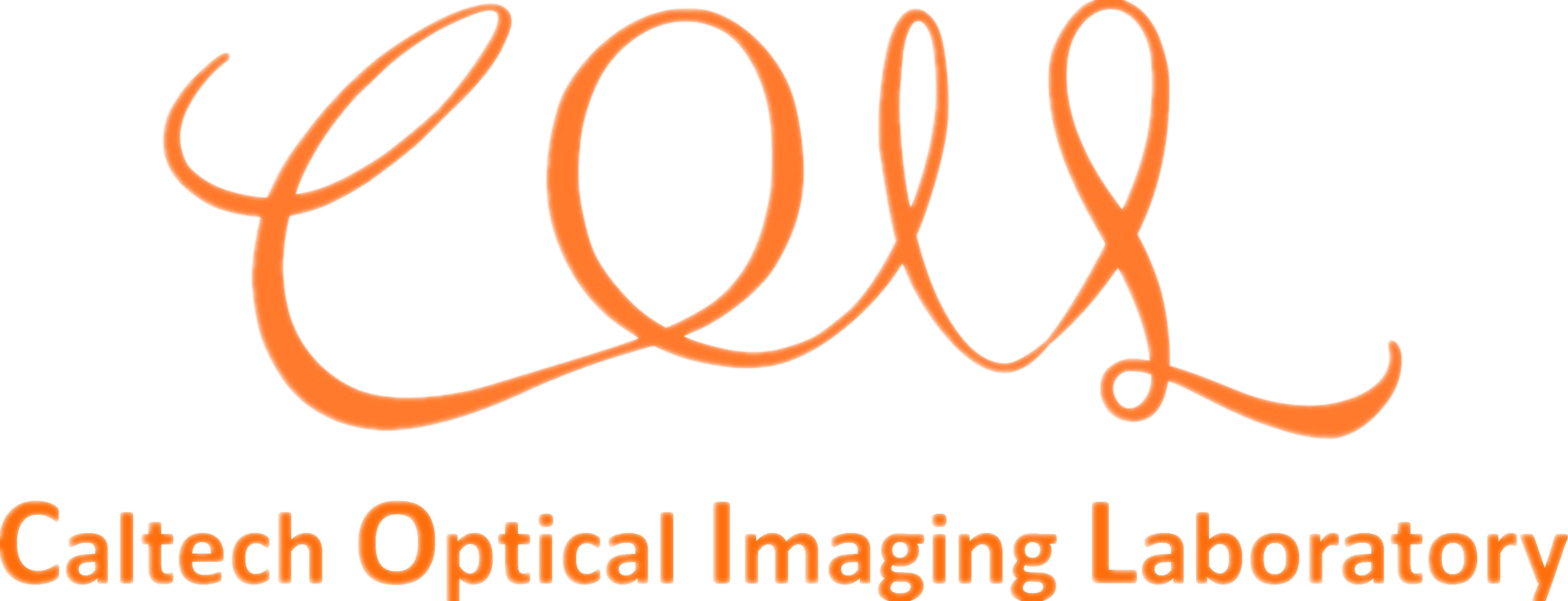
 |
|||||
|
Optically, biological tissues to light are much like a glass of milk, where one cannot see a sugar cube in the center of the glass because all of the light is scattered by the milk. Optical imaging of biological tissues overcomes this problem by recovering imaging information from scattered light. Light at selected wavelengths can penetrate 5-10 cm thick biological tissues and provide detectable optical signals. In ultrasound-modulated optical tomography, optical contrast is combined with the spatial resolution of ultrasonic imaging for deep imaging. An ultrasonic wave is focused into turbid media and modulates laser light passing through the ultrasonic field. The modulated laser light contains primarily the local material properties in the focal zone. Raster scanning over the turbid object yields an image of the medium based on the ultrasound-modulated optical signal. Buried objects in 5-cm thick tissue phantoms can be located with millimeter resolution (see the following figure). This imaging modality has broad applications in biomedicine as well as in breast cancer detection. Selected publications:
|
|||||||||||||||
|
Last updated
2023. |
||||||||||||||||